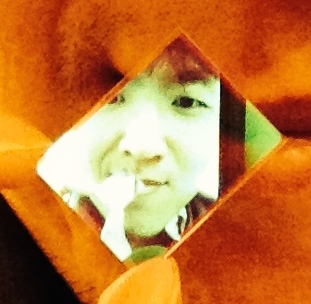For this year’s German pavilion, Anne Imhof designed a 3-foot raised platform of plexiglass that spanned the entire pavilion. If contemporary art these days is all about “creating space” (though I’m not sure how seriously I should take the gallery text when it claims that the nearby pasty smear is supposed to “create space”), then Imhof has stolen the show—the stage design was visceral, impressive, and, more than that, fun.
Of course, then she had to ruin the set by staging a performance underneath it.

Anne Imhof’s Faust (2017). So many alcohol fires, so little time. Perhaps all the 20-something performance artists could have been replaced by trained acrobats.
On the day of my visit, the pavilion was overcrowded with sightseers. But that too was a function of the set design, or at least of the constraints of the original pavilion. Upon visiting all that I saw were other sightseers rolling like pinballs from one end of the room to the other, all but obscuring the (literally) underlying action. But it was pleasant, in a way, to see the pinballs rolling around the corners of the stage, and to meditate a bit on the nature of crowds.
Not all art chooses to create a space; sometimes it is sufficient to represent one. Compare the installation above with Maria Lai’s piece below.
Pictures like these make me ask: just what, exactly, does it mean to represent a space? And how is that different from creating a space?

